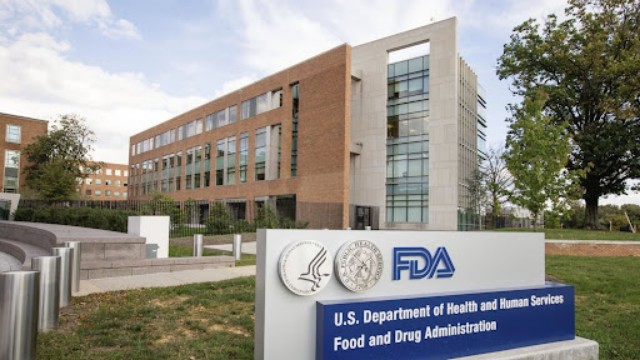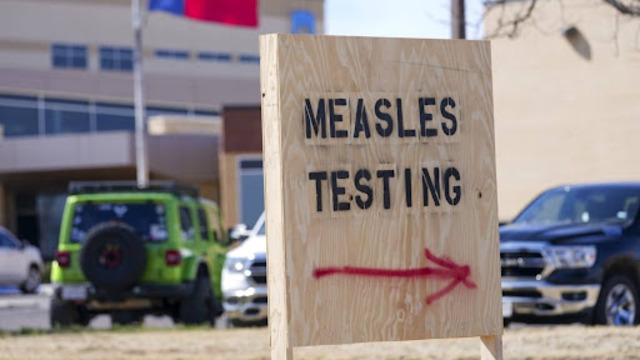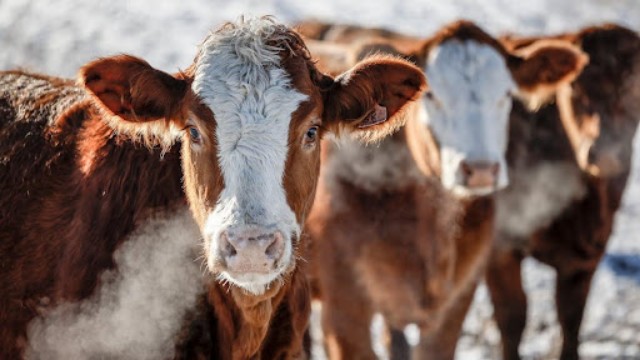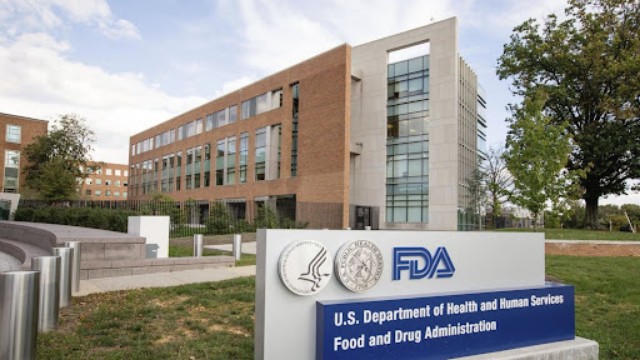
A healthcare worker extracts a COVID-19 vaccine from a small bottle. AP Photo
Health Canada has issued a directive for provinces to withdraw and destroy any remaining supplies of last year's COVID-19 vaccines. This action comes as the country anticipates new vaccine formulations designed to address the evolving virus better. According to Ontario’s health ministry, updated vaccines are expected to receive approval in October.
Ontario spokesperson Hannah Jensen confirmed the update, stating, “Vaccines will be available once Ontario receives supply from Health Canada following their regulatory authorization of the new, updated vaccine formulation.”
As of now, the vaccines targeting the Omicron variant XBB.1.5 are no longer available in Canada. The focus is shifting to newer vaccines that target the currently dominant strains, JN.1 and KP.2. These updated vaccines are anticipated to be approved in the coming weeks.
In the meantime, COVID-19 continues to spread rapidly across Canada, as indicated by recent wastewater sampling and high test positivity rates. This data suggests that despite reduced surveillance, the virus remains highly active throughout the country.
In Alberta, health officials have confirmed that the old-strain vaccines are no longer in stock. Quebec’s public health director has stated that existing stockpiles are being returned to Ottawa. Similarly, Saskatchewan has disposed of its Moderna Spikevax XBB.1.5 and Pfizer Comirnaty XBB.1.5 vaccines in preparation for the new doses.
Jensen added, “It is estimated Ontario, and other provinces, will receive supply from Health Canada in October.”
CTV News has reached out to Health Canada for further information on how it plans to address the current vaccine shortage and ensure continuous access to COVID-19 shots. The agency has assured that the transition to new vaccines will be managed to avoid any gaps in availability.
The latest data from Canada’s Wastewater Monitoring Dashboard reveals that COVID-19 activity remains high across various regions, including British Columbia, Saskatchewan, Manitoba, Ontario, Nova Scotia, and Newfoundland and Labrador. In these areas, the level of viral activity is significant.
The situation is somewhat less severe in Yukon, Alberta, and Quebec, where COVID-19 spread is described as moderate. There is currently no data available for the Northwest Territories and Nunavut.
The COVID-19 test positivity rate has surged to 18% for the week of August 24, marking the highest level since early December 2023, when Canada was coming down from a winter wave of infections.















